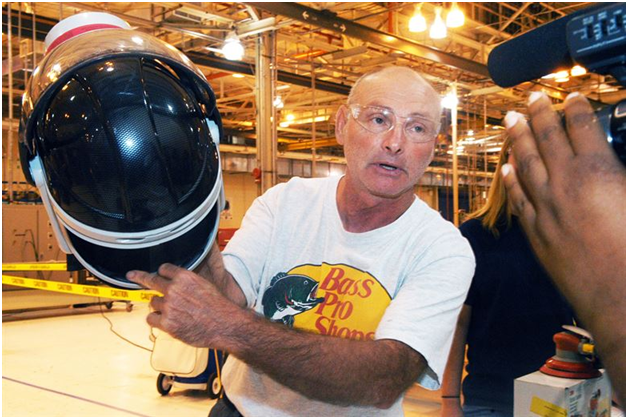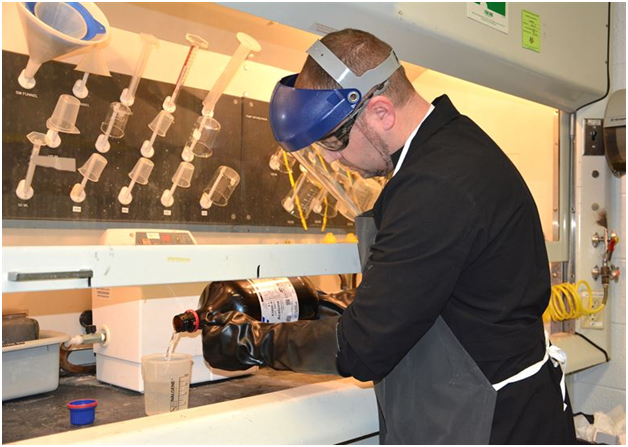The potential for accidents and damage at work comes with a cost, whether replacing hazardous machinery or the health and wellbeing of your workforce. Health and safety systems designed to protect and safeguard have grown over the years into a robust framework that prevents and protects.

Despite health and safety legislation, millions of working days continue to be lost due to accident and illness, making attention to health and safety not only a social responsibility but also smart business sense. Remember that the underlying principles are straightforward: to eradicate the risk to the health and safety of your employees as far as is practical.
Getting started
The Health and Safety Executive has a wide range of free leaflets to help you get started. You will need to put accident reporting and first aid procedures in place, and make sure that you have adequate employers’ liability insurance. Before implementing health and safety measures, you should always consult your workforce and conduct a business-wide assessment of your health and safety needs as the first step towards the introduction of an effective health and safety management system.
Managing health and safety
You will need to put together policy and procedure, with a clear chain of responsibility for managing health and safety at work. You must be able to plan, organise and review your preventative measures and comply with your legal obligations.

Identifying hazard, assessing risk, controlling risk
Once you have pinpointed what can cause harm, you need to make a clear assessment of the risk of that harm actually occurring. Work out what needs to be done and act on any recommendations; for example, if you identify a faulty spiral duct and find a supplier that states ‘spiral ducts available online here’, you have actively prevented possible harm by controlling the risk.
A risk assessment should not be a weighty document that sits on a shelf; instead, it should be a working tool that demonstrates what steps you are taking to safeguard your workers from harm. Your control mechanisms should be both adequate and reviewed on a regular basis; for example, the aforementioned new spiral duct should be regularly inspected and maintained.
It is your responsibility to reduce or even eliminate risk at its source. Personal protective equipment should always be a last resort rather than a first line of defence.



